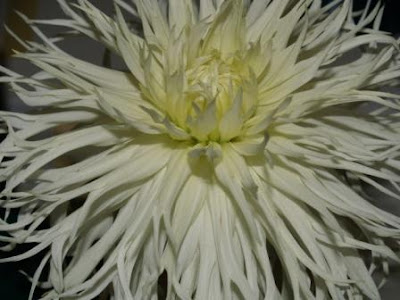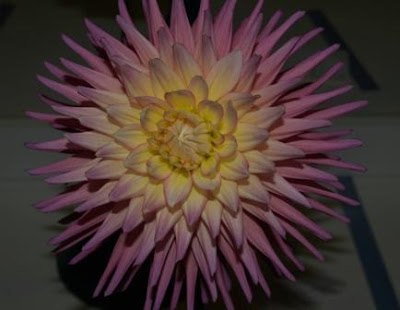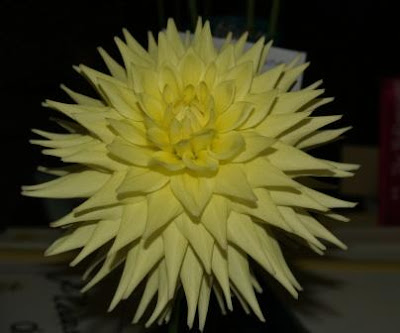This is another bulb which likes that hot dry part of early summer to set it on the road to flowering well in the last days of summer and into autumn This species originates from limestone country in China where it is known as Hudixiao (Suddenly The Soil Smiles) a charming reference to its habit of flowering before the leaves appear. It likes a spot in morning sun and prefers a light sandy or well drained soil. Once the leaves appear it can be fed with blood and bone and given a dressing of lime. It is best left undisturbed for several years to build up a small colony of plants as it makes an excellent cut flower over time, especially as the flowers are coloured such a rich apricot yellow orange.
Lycoris have the distinction of being named after the actress-mistress of Marc Anthony.
Available from specialist bulb growers.
Available from specialist bulb growers.

















